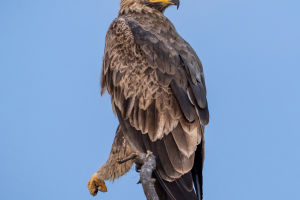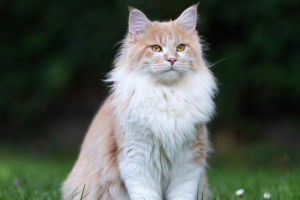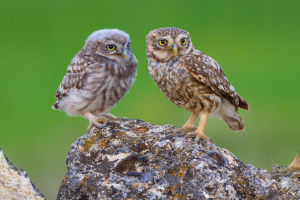Hello, Lykkers! Have you ever been enchanted by the sight of a swan gliding gracefully across a lake?
Today, we're diving into the world of swans, exploring what makes them symbols of elegance and strength in nature.
Where Swans Live and Thrive
Swans are found in various parts of the world, especially in North America, Europe, and Asia. They're often seen in freshwater lakes, ponds, and slow-flowing rivers. These birds prefer habitats with plentiful aquatic vegetation and quiet, undisturbed areas for nesting. The presence of swans in a body of water often signals a healthy ecosystem, as these birds require clean water and abundant plant life to thrive.
Interesting Fact: Swans are very adaptable and can live in both temperate and cold climates, making them one of the most widespread waterfowl.
Recognizable Features of Swans
Swans are known for their large size, long necks, and graceful movements. With wingspans that can reach up to 10 feet, these birds are incredibly powerful and can fly for long distances. One of the most famous species is the Mute Swan, known for its striking white feathers and orange bill. Other species, like the Black Swan found in Australia, have stunning dark feathers that make them stand out.
Key Point: Swans' necks have more vertebrae than most birds, giving them their unique flexibility and the elegant “S” shape they're known for.
Swan facts: the largest living waterfowl | Animal Fact Files
Video by Animal Fact Files
The Diet and Feeding Habits of Swans
Swans are primarily herbivores, feeding on aquatic plants and algae. With their long necks, they can reach vegetation underwater that other birds can't access. While their diet mainly consists of plants, they occasionally eat small fish or insects when they're available.
Fun Detail: Swans are known to “dabble,” or tip forward in the water to reach food below, often seen with their tails pointing up while they eat.
Swan Behavior and Social Structure
Swans are social creatures, often found in pairs or small flocks. They're also known for their loyalty, as many swan species are monogamous, choosing one mate for life. During mating season, swans can be protective of their nesting areas and will defend them fiercely. This behavior helps ensure the safety of their eggs and young.
Important Note: While swans are generally calm and peaceful, they can be aggressive if they feel their family or territory is threatened.
Swans in Culture and Symbolism
Swans have long been symbols of beauty, purity, and love in various cultures around the world. Their serene movements and enduring bonds with mates make them natural symbols of elegance and harmony. Swans have inspired countless works of art, literature, and music, highlighting their captivating presence and grace.
Quick Thought: Next time you see a swan, consider the strength and loyalty that these majestic birds represent.
Protecting Swan Habitats
Conservation efforts play an essential role in preserving swan populations and their natural habitats. While swans are not currently endangered, some species face habitat loss and pollution challenges. Protecting wetlands and clean water sources is vital to ensuring swans continue to flourish in their natural environments.
By understanding and respecting the unique beauty of swans, we can play a part in preserving these graceful birds and the balance they bring to nature. So, Lykkers, if you come across a swan gliding peacefully across a lake, take a moment to appreciate its elegance and the natural beauty it represents.


